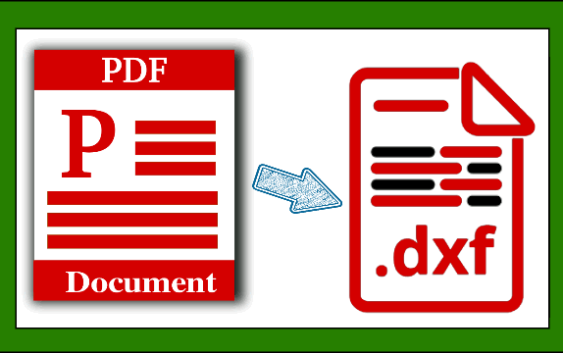The Ultimate Guide to Converting PDF to DXF: A Seamless Transition for Design Professionals

In the realm of design and drafting, the ability to convert pdf to dxf (Drawing Exchange Format) is a crucial skill. Whether you are an architect, engineer, or designer, the seamless transition from a PDF document to a DXF file can significantly streamline your workflow. In this article, we will delve into the intricacies of this conversion process, exploring the tools, methods, and best practices to ensure a smooth and accurate transformation.
Understanding PDF and DXF Formats:
PDF (Portable Document Format) is a widely used file format for sharing documents that include text, images, and vector graphics. While PDFs are excellent for viewing and sharing, they may not be the most convenient format for editing or further design work.
On the other hand, DXF is a file format developed by Autodesk, specifically designed for the exchange of CAD (Computer-Aided Design) data. DXF files contain information about 2D and 3D drawings, making them ideal for professionals working with design software such as AutoCAD.
Tools for PDF to DXF Conversion:
- AutoCAD:
- AutoCAD, developed by Autodesk, is a leading software for 2D and 3D design. It includes built-in tools for importing and converting PDF files to DXF. Users can choose specific layers and settings during the conversion process to customize the output.
- Online Converters:
- Several online tools offer PDF to DXF conversion. These platforms provide a user-friendly interface, allowing users to upload their PDF files and download the converted DXF files. It’s essential to choose a reputable online converter to ensure the security and accuracy of the conversion.
- Third-Party Software:
- Various third-party software applications specialize in PDF to DXF conversion. These tools often provide additional features, such as batch processing, OCR (Optical Character Recognition), and advanced settings for precise control over the conversion parameters.
Best Practices for Accurate Conversion:
- Vectorization:
- Prioritize tools that support vectorization, ensuring that the converted DXF file maintains the quality and precision of the original design.
- Layer Management:
- Pay attention to layer management during the conversion process. This is crucial for preserving the structure of the drawing and facilitating further editing in CAD software.
- Scale Calibration:
- Calibrate the scale appropriately to ensure that the dimensions in the DXF file match the original design. This step is essential for accuracy in architectural and engineering drawings.
- Quality of Source PDF:
- The quality of the source PDF greatly influences the accuracy of the conversion. Use high-resolution PDFs with vector graphics for optimal results.
Conclusion:
Converting PDF to DXF is an indispensable skill for design professionals seeking efficiency and accuracy in their workflows. Whether using AutoCAD, online converters, or third-party software, understanding the tools and implementing best practices will empower designers to seamlessly transition from static PDF documents to dynamic and editable DXF files. This process not only enhances collaboration but also opens up a world of possibilities for creative and technical refinement in the realm of computer-aided design.
